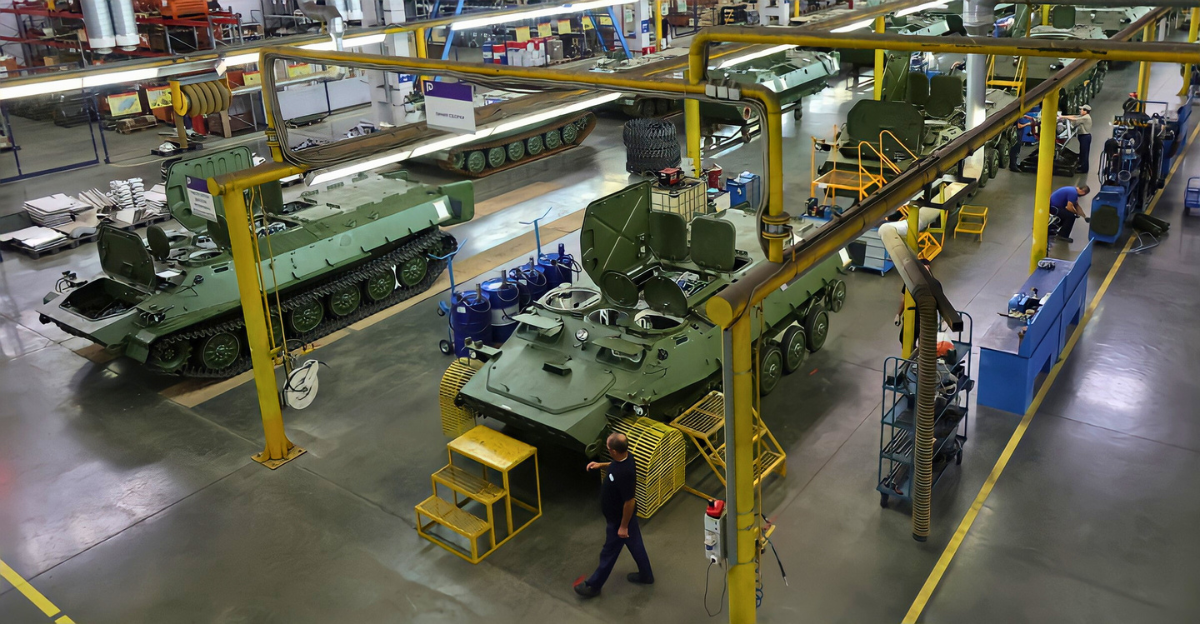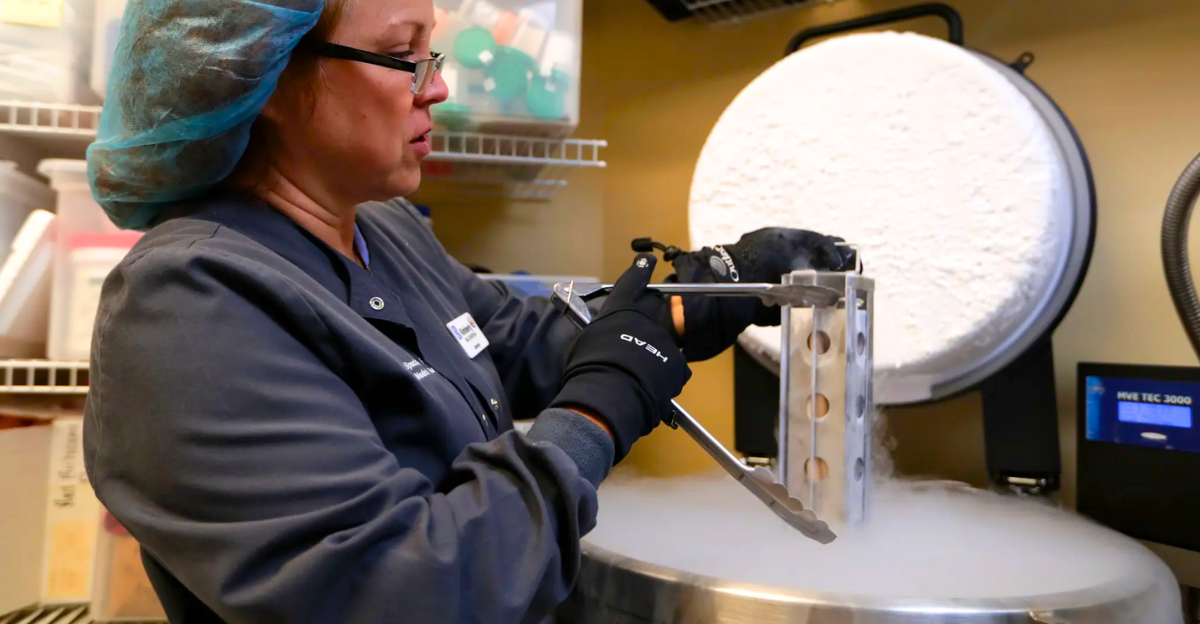
A baby boy named Thaddeus Daniel Pierce was born in Ohio on July 26, 2025.
He came from an embryo frozen for over 30 years, making it the longest-frozen embryo ever used to have a baby.
The embryo was created in May 1994, showing that frozen embryos can stay healthy for decades.
This birth broke previous records and highlights significant advances in freezing technology.
Embryo Storage Challenges
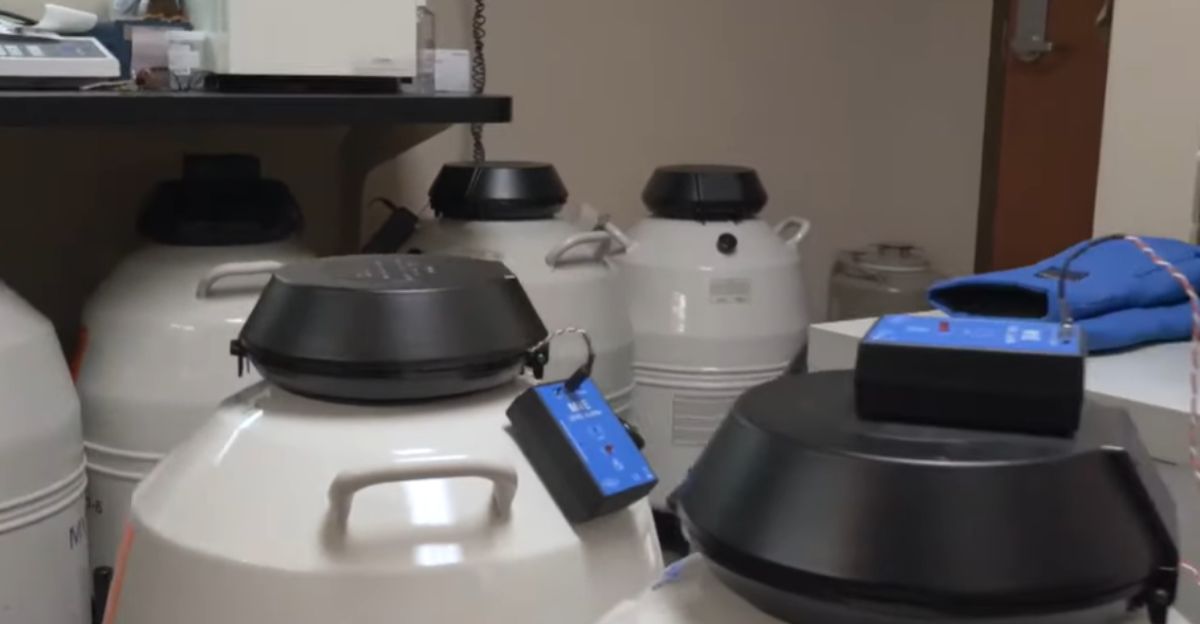
There are about 1.5 million frozen embryos stored in fertility clinics across the U.S.
Storing so many embryos is a big problem for clinics because they are running out of storage space, with liquid nitrogen tanks occupying increasingly valuable real estate. Keeping them frozen is expensive, costing $350 to $1,500 each year.
Sometimes, couples stop paying or lose touch with the clinics, leaving embryos behind with no clear plan for what to do with them.
Embryo Adoption Program
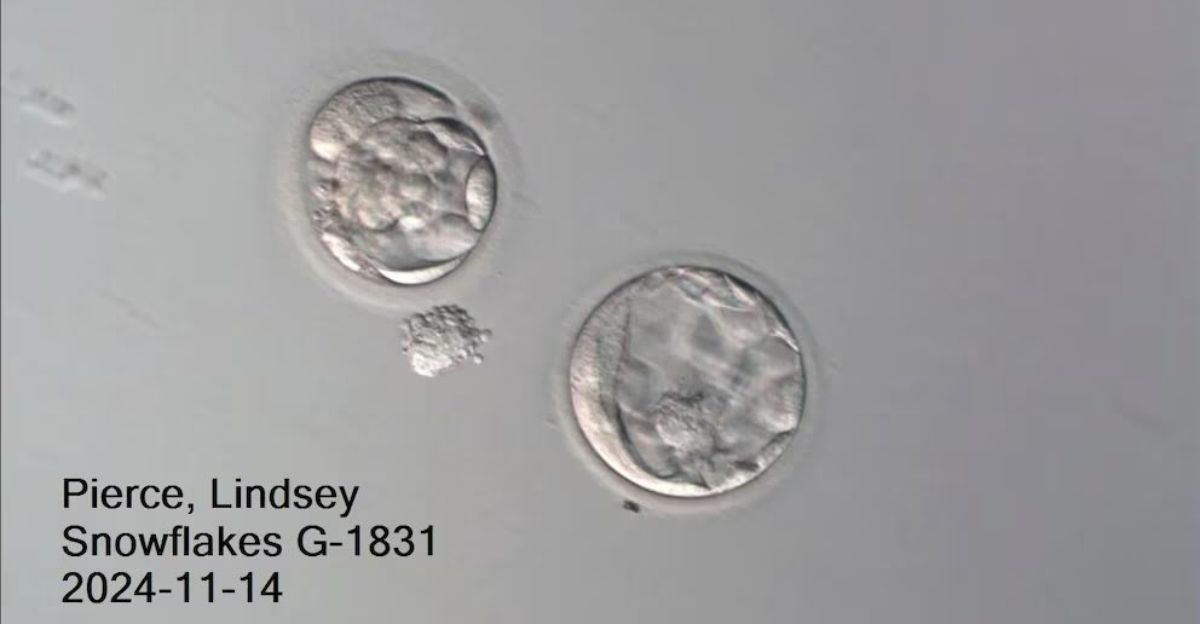
The Pierce family started their path to parenthood with the “Snowflakes” program from Nightlight Christian Adoptions, the biggest agency for embryo adoption.
Snowflakes began this adoption in 1997 and has helped nearly 1,400 babies be born from donated embryos.
Their success rate 2024 was 59%, higher than the national average of 42%.
The program carefully matches families by examining their background, health, and preferences for ongoing relationships between biological and adoptive families.
Seven-Year Struggle
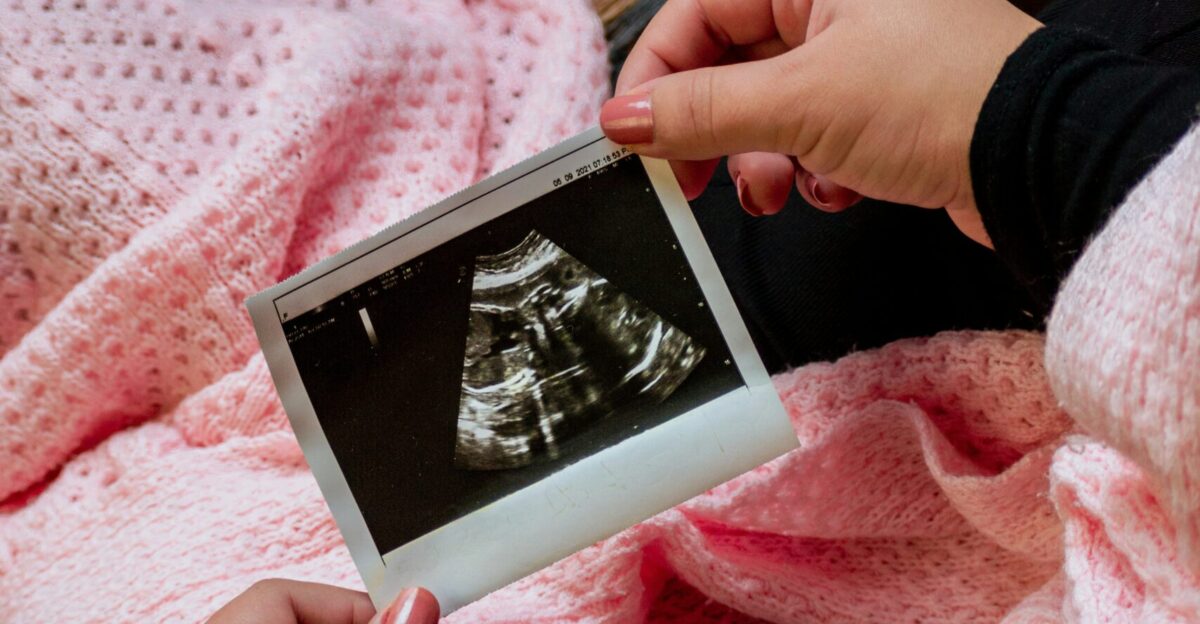
Lindsey and Tim Pierce of London, Ohio, had gone through seven years of infertility treatments before discovering embryo adoption as an alternative path to parenthood.
The couple, ages 35 and 34, chose embryo adoption over creating new embryos through IVF, viewing it as both more affordable and ethically fit with their values.
Their decision shows a growing trend among couples who prefer “genetic equity,” in which both parents contribute equally or not to their child’s genetic makeup.
World’s Oldest Baby Born
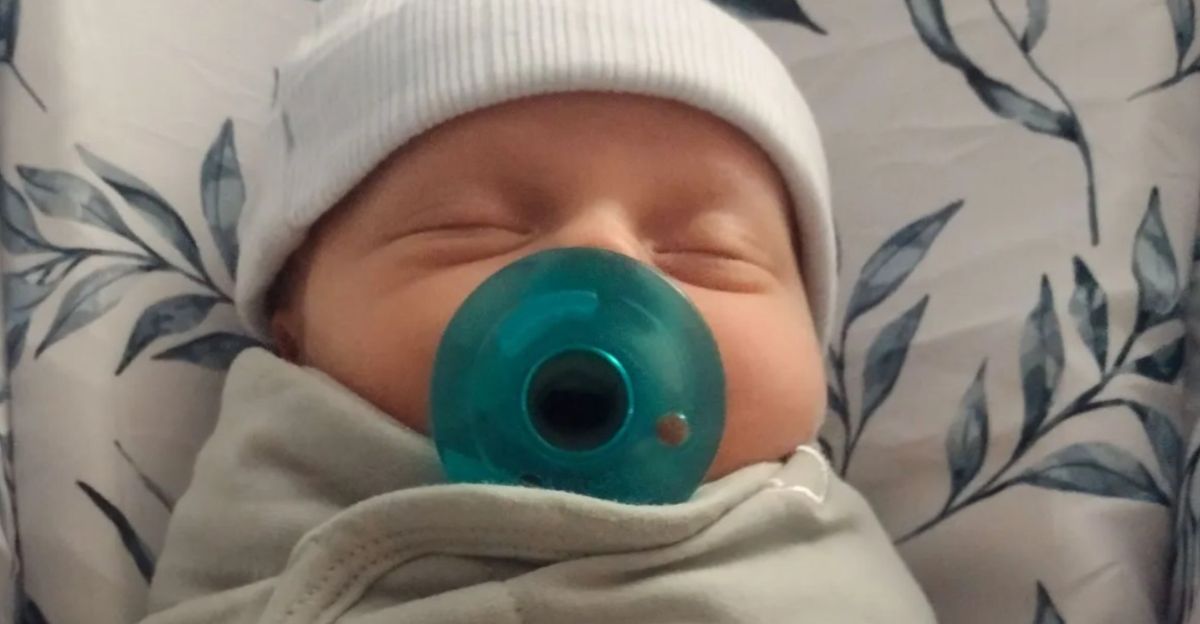
On July 26, 2025, Thaddeus Daniel Pierce was born from an embryo frozen for 11,148 days (over 30 years), making him the oldest baby ever born from a frozen embryo.
The embryo was created in May 1994 by Linda Archerd and kept frozen the whole time.
Dr. John Gordon at Rejoice Fertility Clinic confirmed this was a new record and said most clinics haven’t used frozen embryos for over 10 years.
Giving Embryos a Future
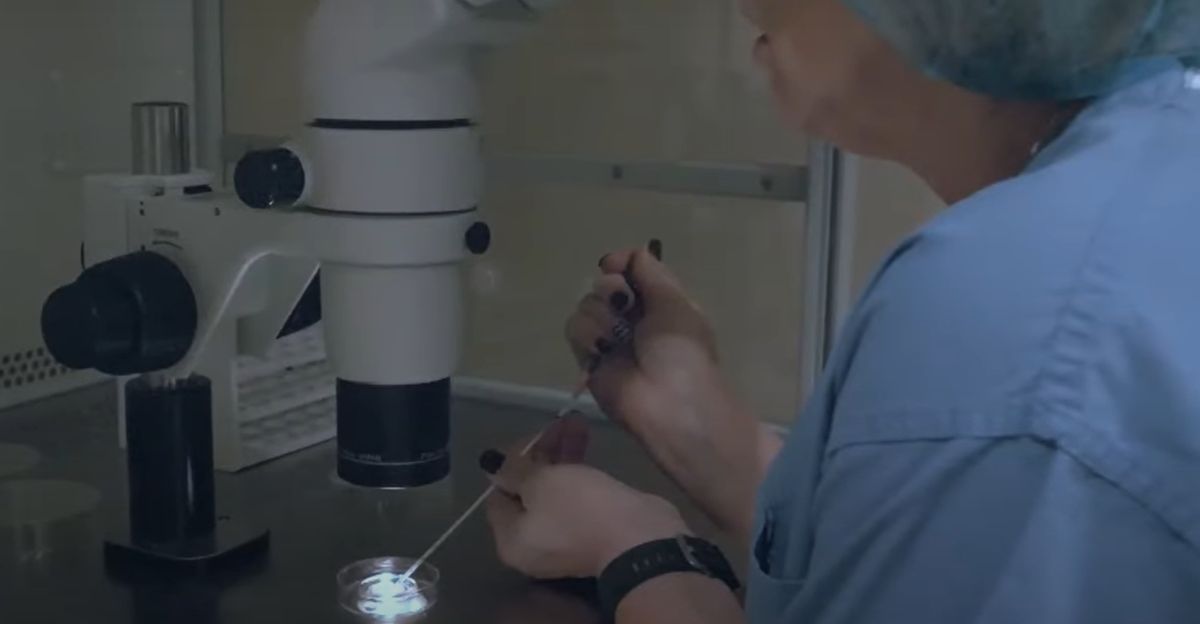
Linda Archerd, now 62, made four embryos during IVF in 1994 and used one to have her daughter, who is now 30.
After she divorced and could no longer have children, Linda gave her three unused embryos to the Snowflakes program, wanting to help other families.
Many parents feel mixed emotions about having leftover embryos and say they feel responsible for the “potential children” still in storage.
Bringing Joy to Ohio
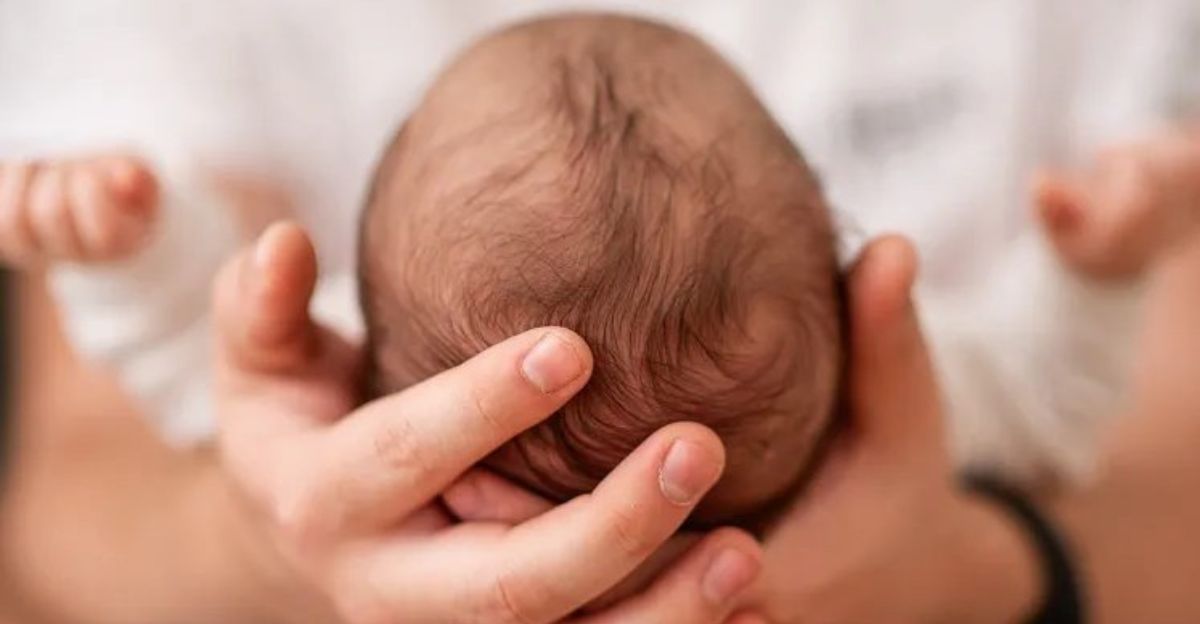
The Pierce family’s story goes beyond medical achievement, representing hope for thousands of couples struggling with infertility across Ohio and nationwide.
Their baby’s birth happened in London, Ohio, a small community where the couple had quietly continued fertility treatments while maintaining their privacy.
The successful pregnancy and delivery demonstrate that embryo adoption can provide the whole pregnancy experience, including prenatal bonding, delivery, and immediate breastfeeding that traditional adoption cannot offer.
Advances in Freezing Embryos
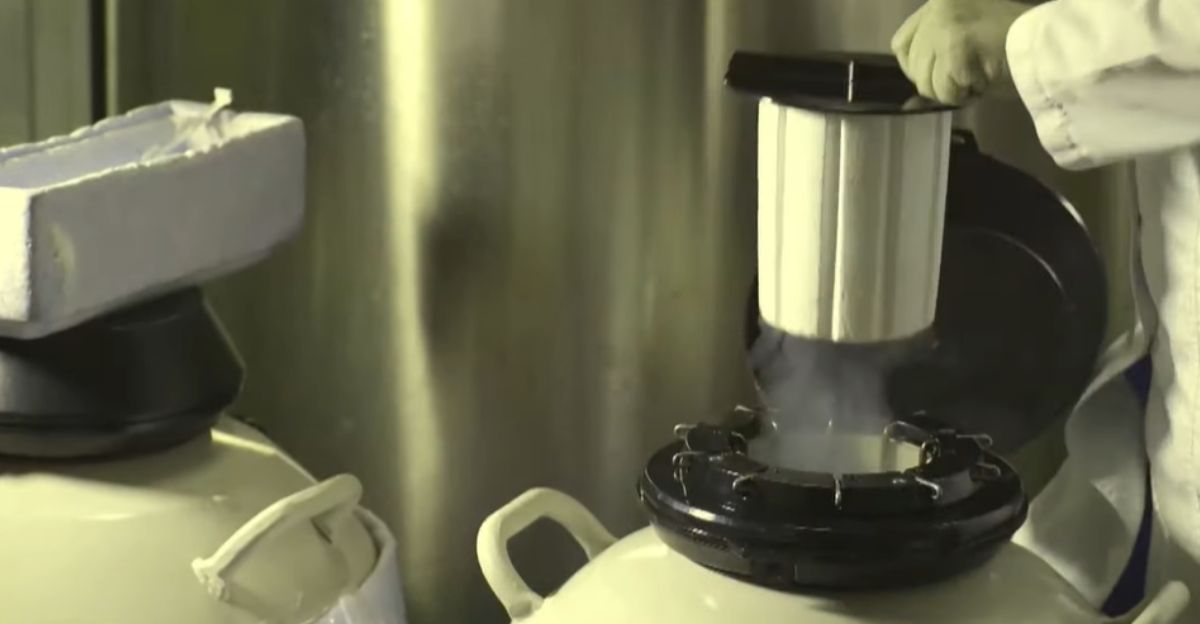
This successful birth proves how much freezing technology has improved over the years, especially in new ways to freeze embryos that avoid damage from ice.
Today, embryos are kept in very cold liquid nitrogen, which completely prevents them from changing, keeping them healthy.
Research shows that properly stored embryos can remain viable for decades, with some studies suggesting no time limit to storage duration when protocols are followed correctly.
The Cost of Parenthood
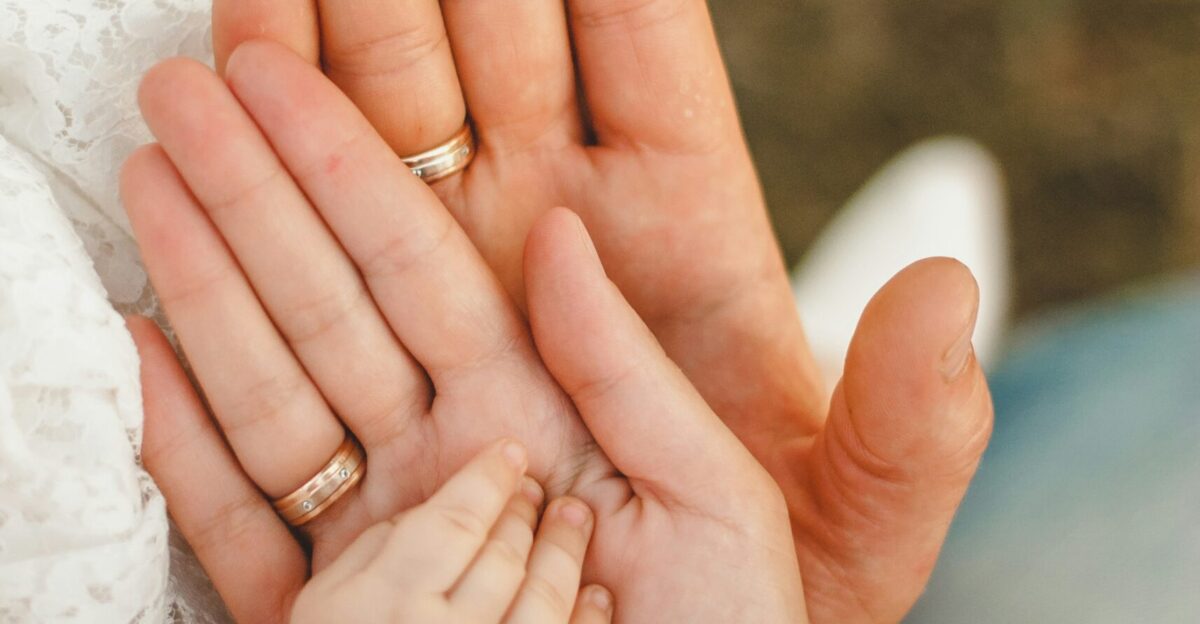
Embryo adoption represents a growing segment of reproductive medicine, with agencies reporting increased demand from middle-class families seeking more affordable alternatives to IVF.
At about $10,000, embryo adoption costs a lot less than the $20,000-$30,000 typical IVF cycle, making parenthood accessible to broader demographics.
The practice appeals particularly to couples who considered traditional adoption but were deterred by lengthy waiting periods and costs that can exceed $40,000.
Past Record Holders
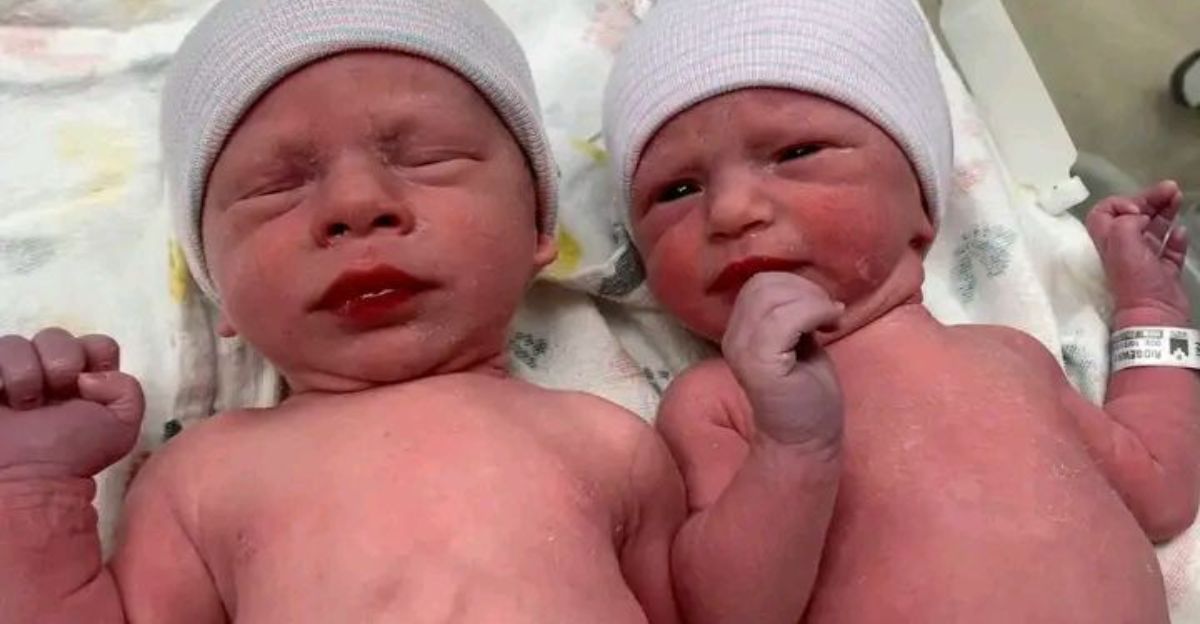
Before Thaddeus Pierce set the new record, twins born in Oregon to Rachel and Philip Ridgeway in October 2022 held the record; they came from embryos frozen since April 1992, or 10,905 days.
Molly Gibson was born in 2020 from a 27-year-old embryo, and Emma Gibson was born in 2017 from a 24-year-old embryo.
These new records show how freezing methods keep getting better and that more doctors are supporting embryo adoption.
Legal and Ethical Storage Issues
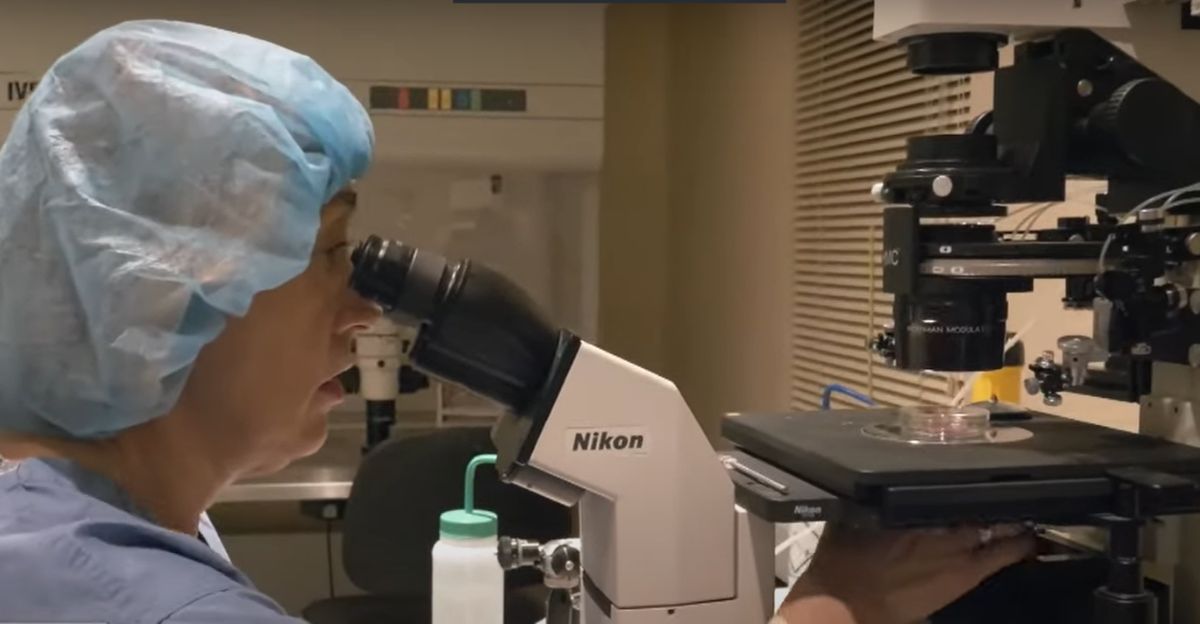
Fertility clinics across the country have more and more frozen embryos to store, and there isn’t always a clear plan for what to do with them.
Experts say there were between 400,000 and 1.4 million frozen embryos in the U.S. back in 2016, and that number keeps growing.
Sometimes, couples stop responding, so embryos are left at the clinic, but clinics cannot dispose of them without the owners’ permission, making things legally and ethically complicated.
Taking Chances on Age
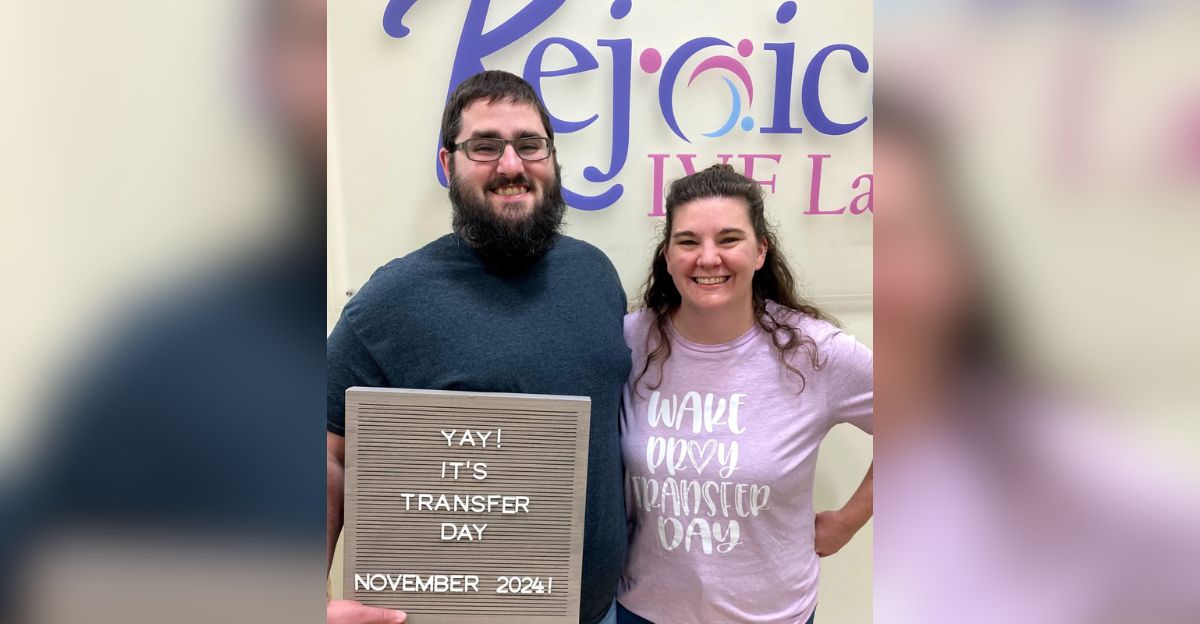
Rejoice Fertility Clinic specializes in accepting embryos that other facilities reject due to age. Dr. John Gordon leads the transfers from decades-old embryos.
The Tennessee clinic’s willingness to work with older embryos sets it apart from the estimated 90% of U.S. fertility clinics that would decline 30-year-old embryos.
This specialization fills a crucial gap in reproductive medicine, offering hope to families whose embryos might otherwise remain in permanent storage.
Success Against the Odds
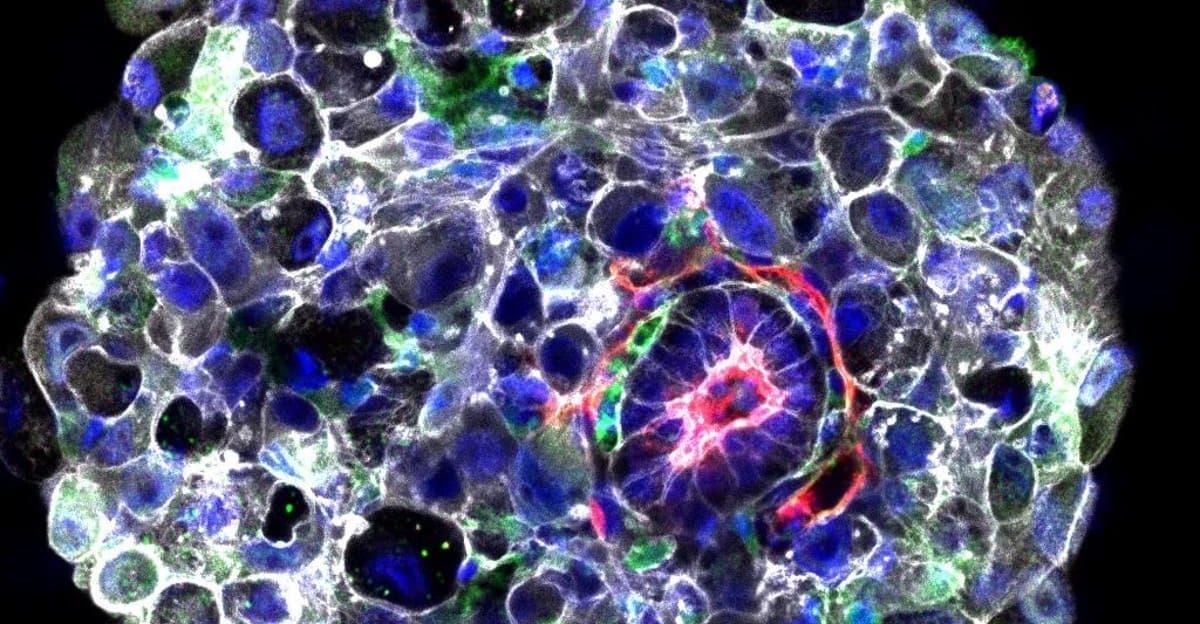
The Pierces had perfect results—when three embryos were thawed, two were healthy enough to try, and one led to a successful pregnancy.
This is better than what’s usually expected, since success with IVF drops to about 10–20% for women over 40.
Their story shows that embryos can stay good for a long time if they’re frozen correctly.
IVF Under the Law
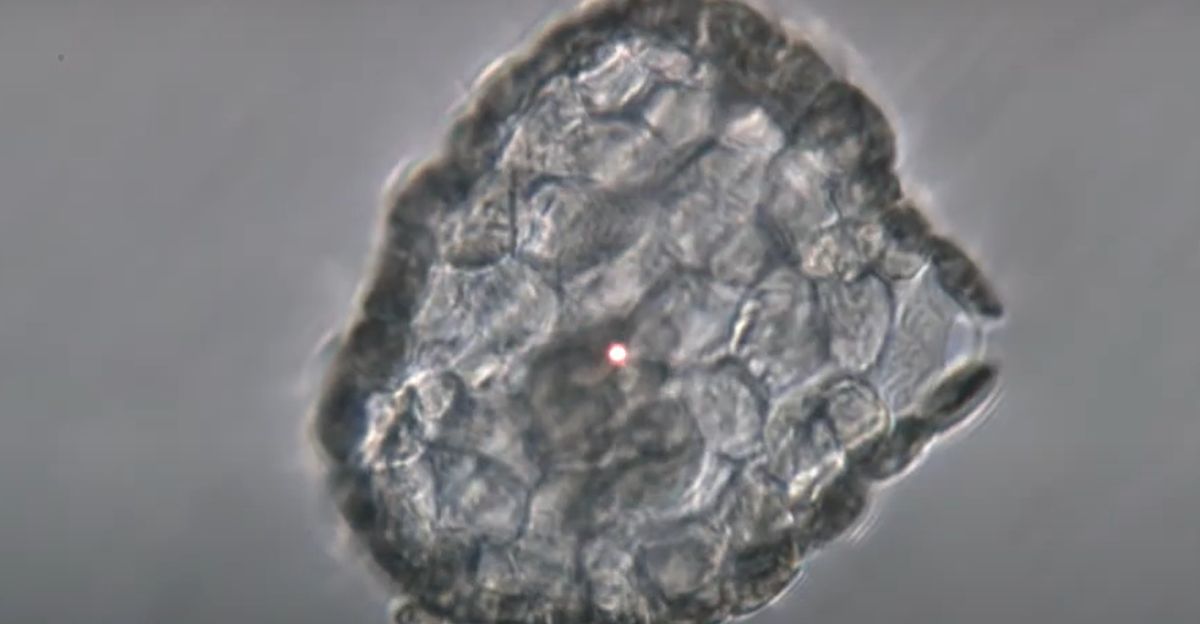
After Alabama’s Supreme Court ruled that embryos count as children, fertility clinics across the country rushed to create new rules about what to do with embryos and how to avoid legal trouble.
Some politicians supported keeping IVF available, and Alabama made laws to protect fertility clinics.
This situation showed that laws about embryos are unclear and that the U.S. needs better nationwide rules for storing and handling embryos.
How Long is Too Long?
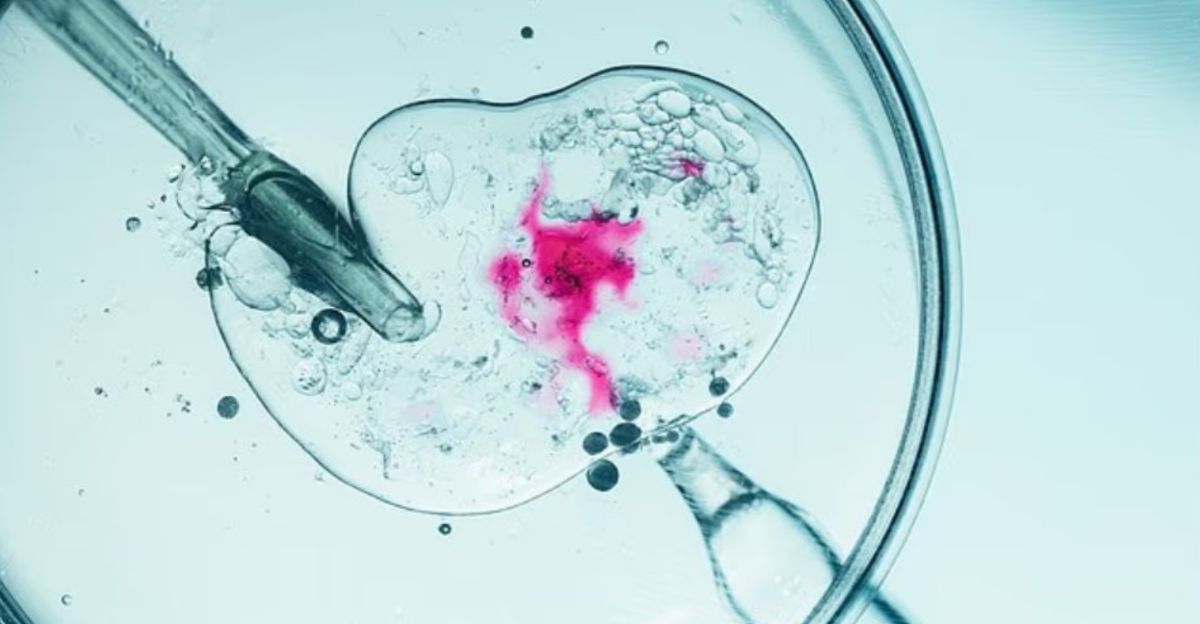
The successful birth raises questions about optimal storage durations and whether indefinite embryo preservation represents sound medical policy or resource allocation.
Some countries have storage limits. Sweden allows 10 years, Australia permits 5 years, while the U.S. allows indefinite storage.
As cryopreservation technology improves, society must address whether unlimited storage serves patients’ best interests or creates unsustainable obligations for medical facilities.
The Push for National Guidelines

Congress is looking into how embryos are stored in the U.S. and is considering new laws to protect fertility clinics and set clear time limits for embryo storage.
The government has run programs to teach people about embryo adoption since 2002 and is now giving them more funding to deal with the rising number of frozen embryos.
Lawmakers are investigating whether current rules are good enough to keep patients and clinics safe.
More Choices for Families
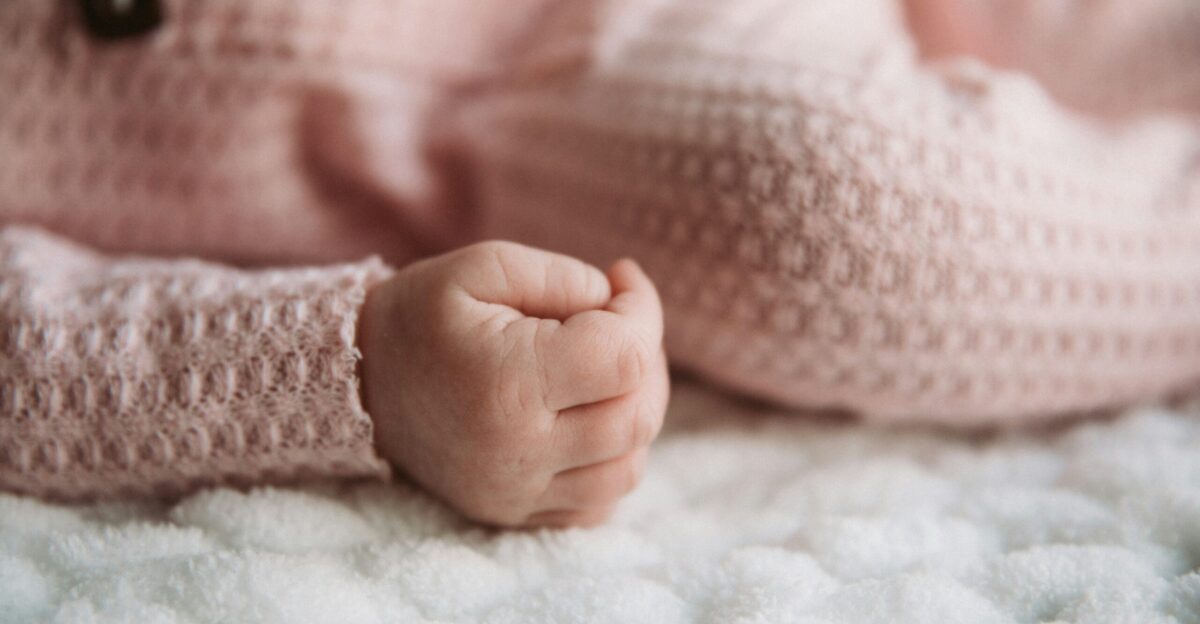
More than just Christian agencies now offer embryo adoption; for example, secular groups also help, including for single parents and same-sex couples.
New companies like HavenCryo are opening to store embryos longer and more safely, with prices starting at $395 a year compared to clinic rates exceeding $1,000.
These specialized facilities use advanced systems to keep embryos safe for many years.
Social Reactions Go Viral
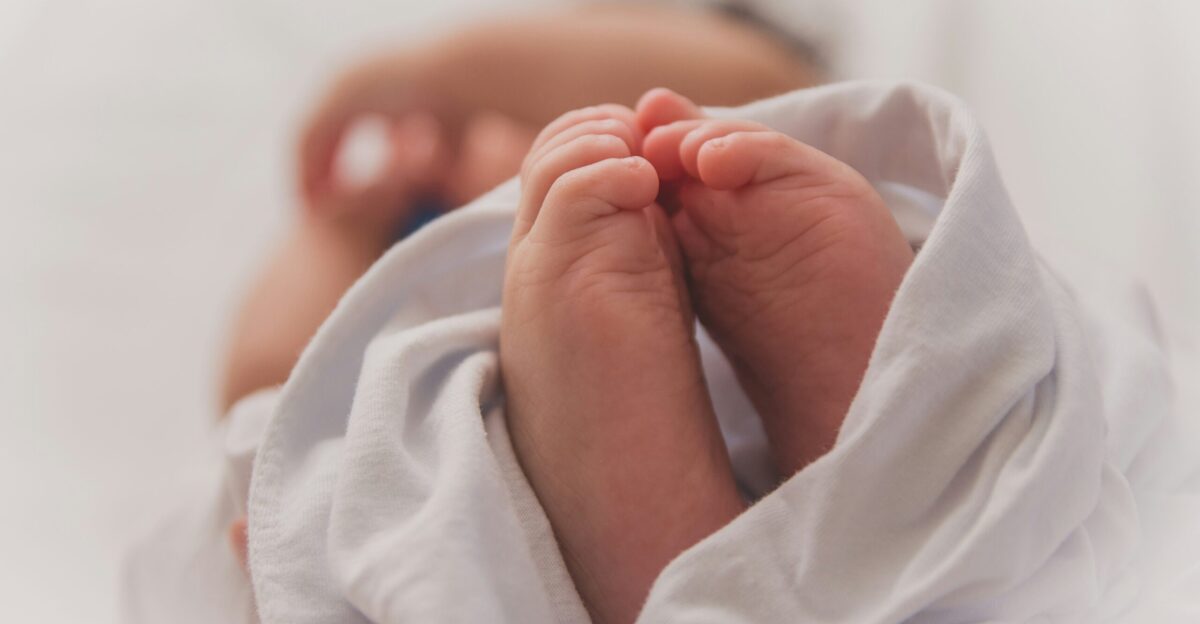
The Pierce family’s story has gotten much attention on social media. Fertility supporters are praising the achievement, while some people question whether it’s right to store embryos for so many years.
Some viral posts point out that the embryo used for Thaddeus was older than his dad was when he was conceived.
There’s also some confusion online, with false claims about how long embryos can stay viable, so fertility doctors are sharing educational content to help people understand the science behind freezing embryos.
Learning from the Past
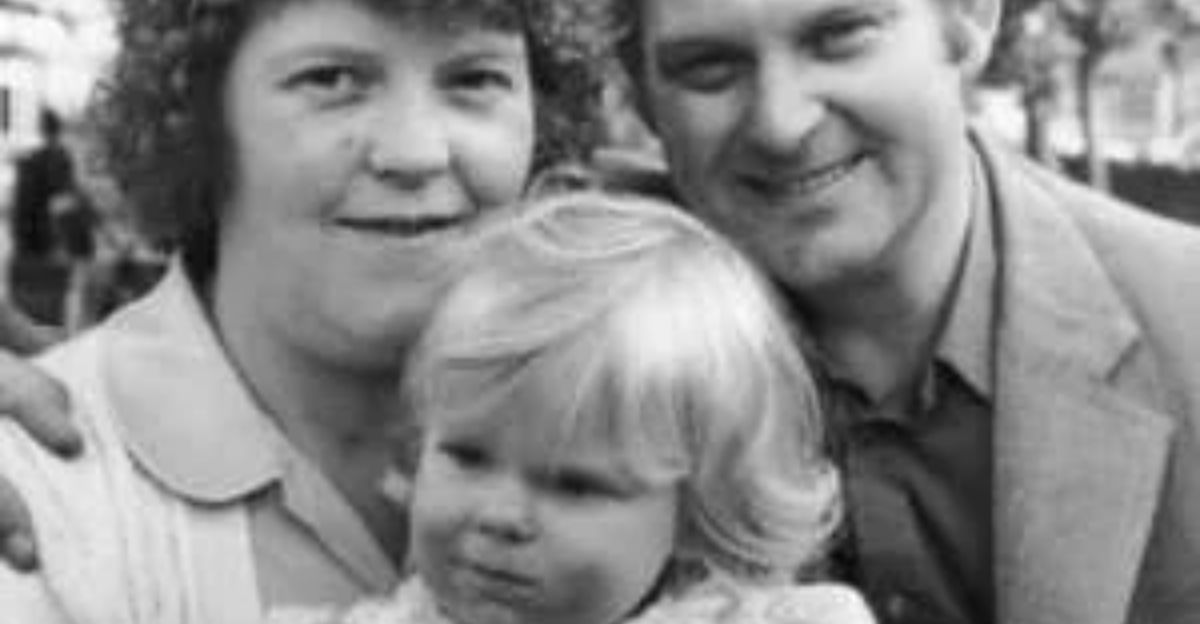
The Pierce family’s case is similar to other significant moments in fertility medicine, like when the first IVF baby, Louise Brown, was born in 1978 and when embryo freezing began working well in the 1980s.
Like those earlier breakthroughs, this new record will probably lead to new rules about how long embryos can be stored and how adoption works.
Looking back, people were initially unsure about these new baby-making technologies, but as they worked more often, they started to accept them as normal.
Big Changes Ahead
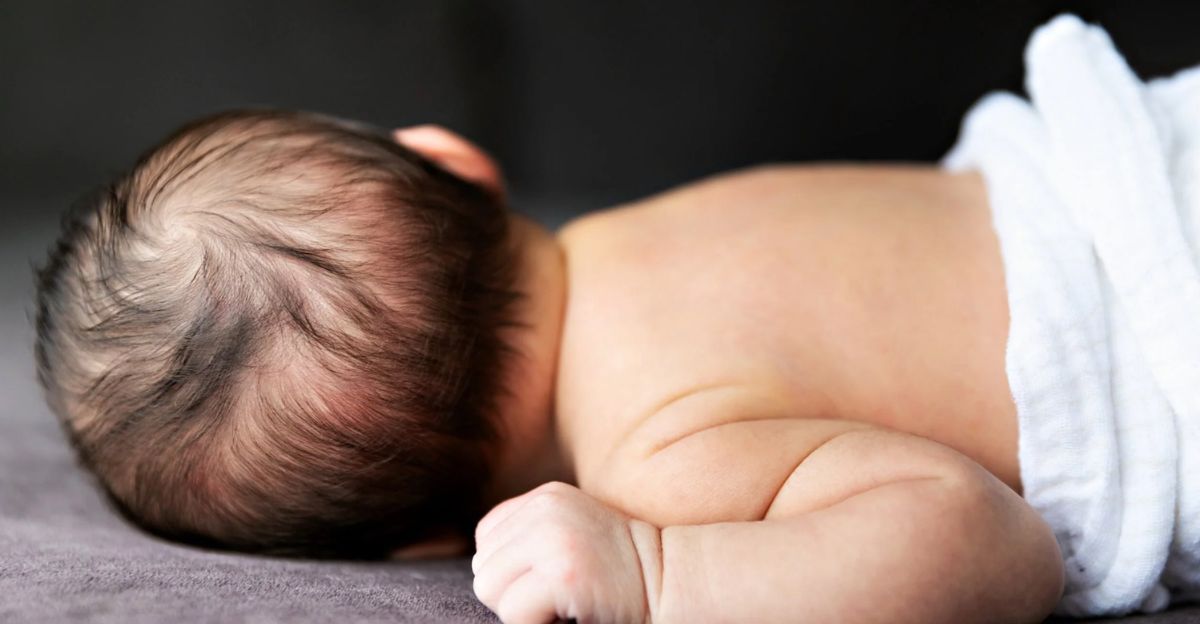
Thaddeus Daniel Pierce’s birth from a 30-year-old embryo shows that frozen embryos can stay useful for many years. This could change how we think about the 1.5 million frozen embryos in the U.S.
It proves that embryo adoption is a real choice for families who can’t have kids and for people who want to give their leftover embryos a future.
As more embryos are stored and freezing technology gets better, embryo adoption could become common, and new rules will be needed to handle storage time, rights, and fairness.






